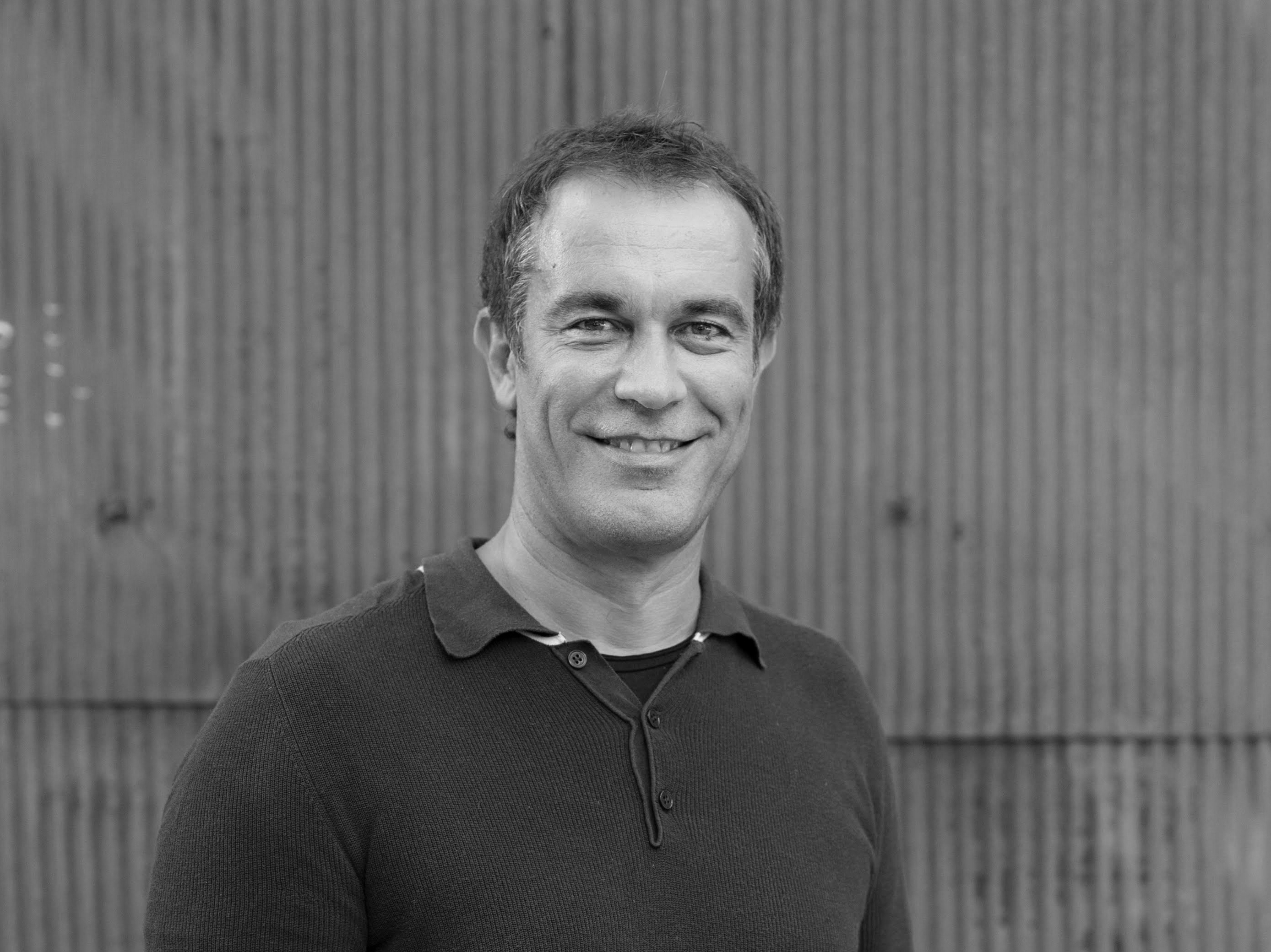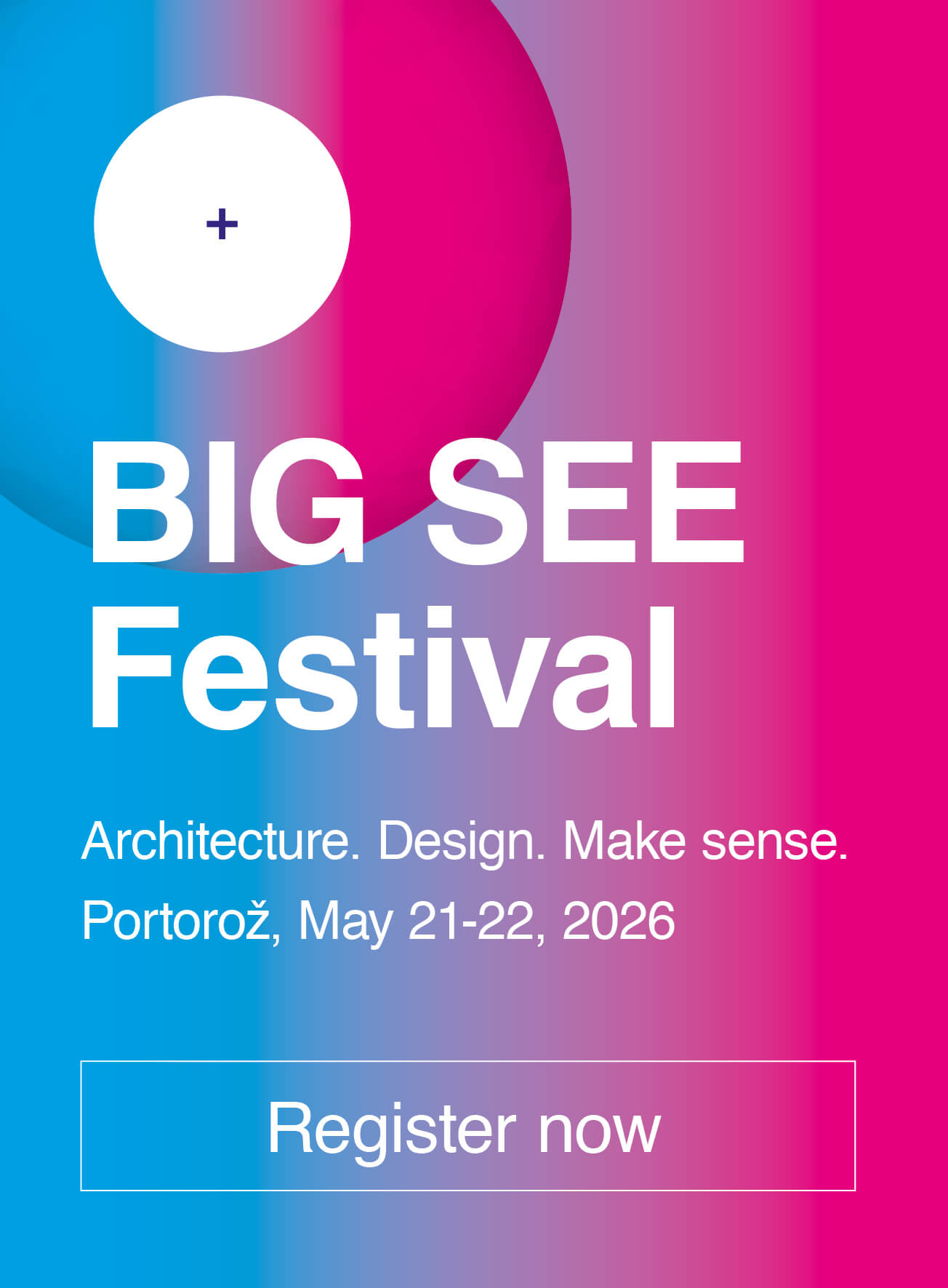Marko Dabrović, architect and founding partner at 3LHD, is joining the BIG SEE debate on AI in Architecture. Known for his forward-thinking approach to integrating technology into architectural practice, Dabrović has played a key role in pioneering digital tools such as the VOLUM3 platform, which enhances collaboration and efficiency in complex construction projects.
Tomaž Šimnovec: We would first like to thank you for showing interest in the discussion on AI in architecture which will happen as part of BIG Architecture 2025 in Portorož in May. In keeping with the tradition of the previous interviews this interview will cover another one of the more known experiments in artificial intelligence and explore its implications on architecture and the architectural design process called ”The talking heads experiment”. But before that I would like to invite you to share a bit of your current work at 3LHD?
Marko Dabrović: 3LHD is currently engaged in a wide range of architectural projects and continues to develop its digital collaboration platform, VOLUM3. Ongoing projects include major infrastructure and hospitality developments such as the Bus Terminal Žabica in Rijeka, Hotel Marjan in Split, Hotel Argentina in Dubrovnik, the Kupari Resort, Hotel Valkane, as well as educational facilities like a primary school in Kastav and a kindergarten in Kupari. Internationally, they’re involved in projects in Baku and Trieste.
VOLUM3, used by over 4,000 users, streamlines project management and is applied in all ongoing projects, streamlining the project management process and communication.
Our office is based in Urania, a renovated cinema that also functions as a cultural hub, hosting exhibitions, talks, and the weekly “Održiva Ura” series on space and sustainability. Internally, 3LHD fosters teamwork and interdisciplinary collaboration, invests in team development, and has been a pioneer in using BIM technology (mainly ArchiCAD) in Croatia since 2008.
“AI tools like Midjourney, DALL·E, and Stable Diffusion have entered our periphery—we use them regularly to test their limits and understand their potential. However, at this stage, they remain more illustrative than transformative when it comes to architectural design.”
Zala Zia Lenárdič: In recent times we have seen a tremendous advancement of large language models (LLMs) and image generating programs (Stable Diffusion, Midjourney, etc). This types of AI agents are now being integrated into different programs for example Adobe Firefly or the Graphisoft Archicad AI visualizer, etc. Would you say that tools that have artificial agents have entered your design space or better put your architectural design process?
Marko Dabrović: Tools incorporating artificial intelligence (AI) are beginning to find their place in 3LHD’s architectural design process.
AI tools like Midjourney, DALL·E, Stable Diffusion, and Photoshop’s generative features have certainly entered our periphery—we use them regularly to test their limits and understand their potential. However, at this stage, they remain more illustrative than transformative when it comes to architectural design. They can produce seductive imagery and assist in early moodboarding or atmospheric exploration, but they don’t yet engage meaningfully with the core logic of architecture: spatial reasoning, material constraints, human experience, or context.
These tools often reinforce aesthetic clichés or flatten complex design questions into visual style exercises. As such, they risk becoming a distraction if not used critically. We’re far more interested in how AI can assist with process-heavy, technical, or collaborative aspects of our work—such as through VOLUM3, where AI could help streamline specification writing, task prioritization, or cross-team coordination.
In short, while these generative tools are impressive in narrow ways, they have not fundamentally altered how we design. We see them as external agents, not internal drivers of architectural thought—at least for now.
“We’re far more interested in how AI can assist with process-heavy, technical, or collaborative aspects of our work—such as through VOLUM3, where AI could help streamline specification writing, task prioritization, or cross-team coordination.”
Zala Zia Lenárdič: There is this famous experiment called the ”Talking Heads Experiment” which was proposed by Luc Steels. In the experiment a group of cameras each had an agent of artificial intelligence attached to it. The aim of the experiment was to see if language and some sort of organization could occur between the agents. These agents developed a shared meaning for signals which gradually created a language between the agents. This developed without a top-down directive or an external supervisor – the agents simply learned through repeated social interactions. Do you think we will find a new language (type of communication) with AI models in architecture and will this bring a more bottom up approach (rather than a top down) when designing new projects?
Marko Dabrović: The Talking Heads Experiment is fascinating because it highlights how meaning can emerge organically through interaction rather than instruction. In architecture, however, the situation is more complex. While it’s tempting to imagine that AI models could help us develop a new “language” of design—one based on pattern recognition, feedback loops, and bottom-up emergence—we’re still far from that.
So far, AI tools are not conversational in the architectural sense. They don’t understand site specificity, social context, or long-term use. They process data, but they don’t truly negotiate meaning like humans do. In that sense, we’re not yet co-evolving a language with these systems—we’re mostly prompting and filtering, still very much in a top-down mode.
However, there is potential. If we reach a point where AI systems can learn from the real-time interaction between designers, users, and environments—absorbing constraints, feedback, and evolving needs—we could begin to see a more bottom-up, emergent process. But that would require a radical shift in how we structure design data, engage with users, and even define architectural authorship.
For now, AI mostly augments isolated moments of the process. It doesn’t yet participate in the continuous, negotiated dialogue that good architecture demands
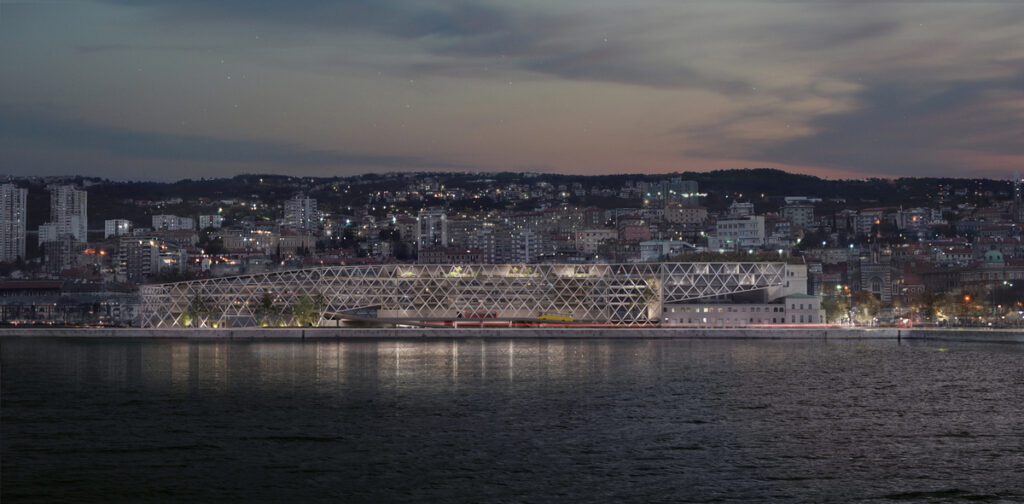
Bus Terminal Zabica, visualization by 3LHD
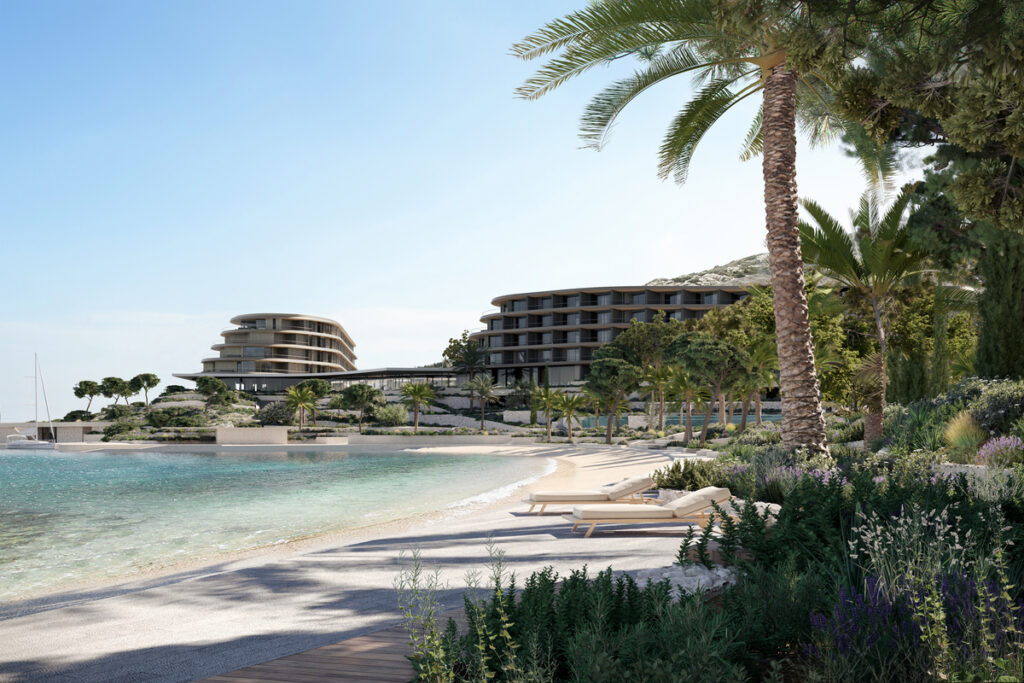
Kupari Dubrovnik Resort
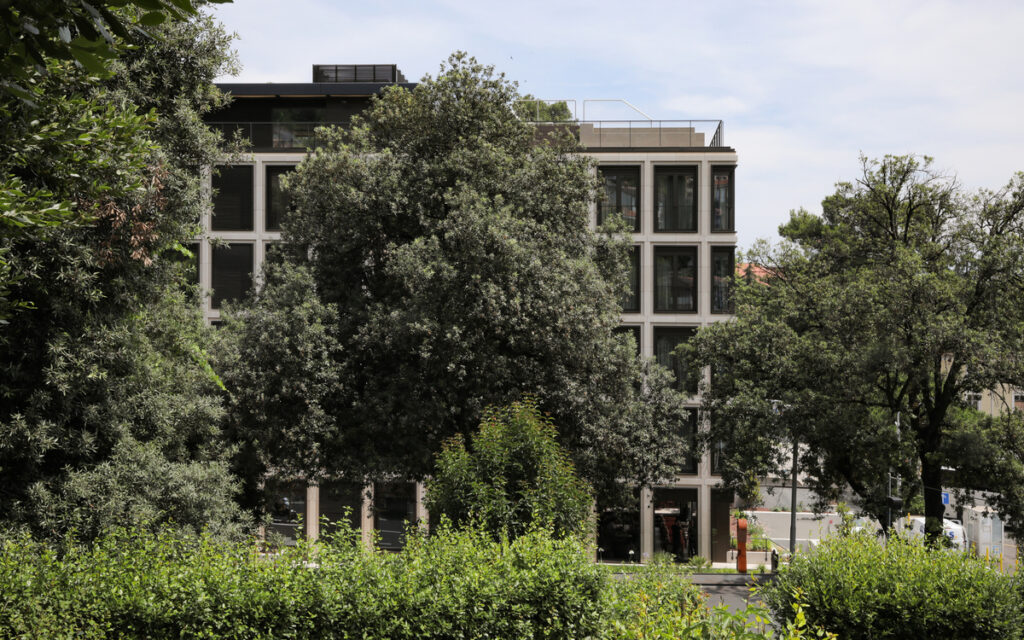
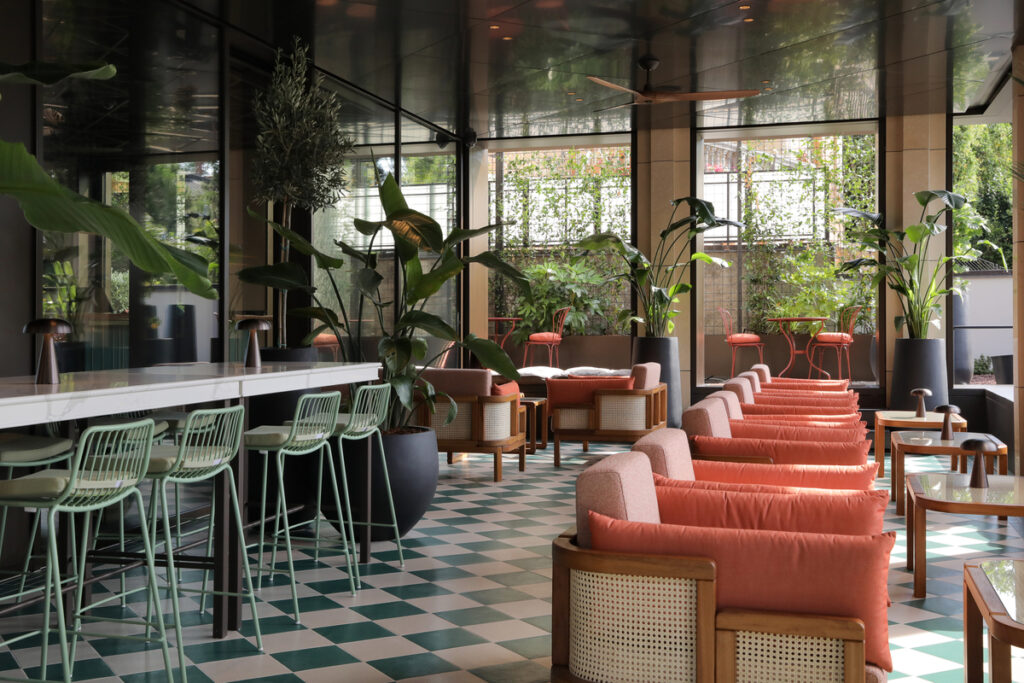
Keight Hotel, photo: Jure_Živković
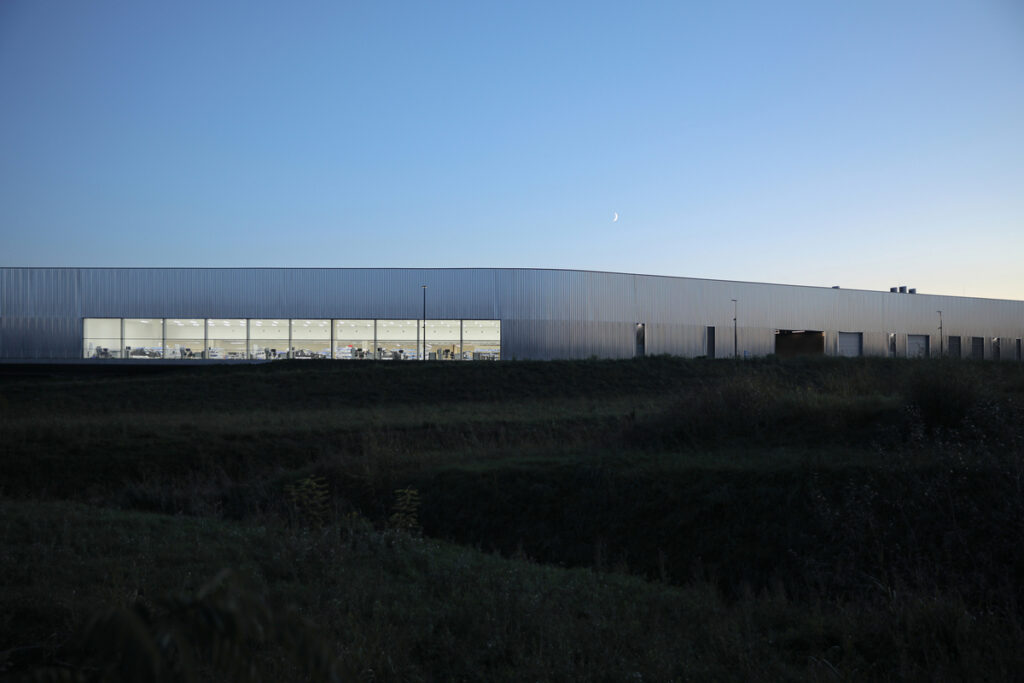
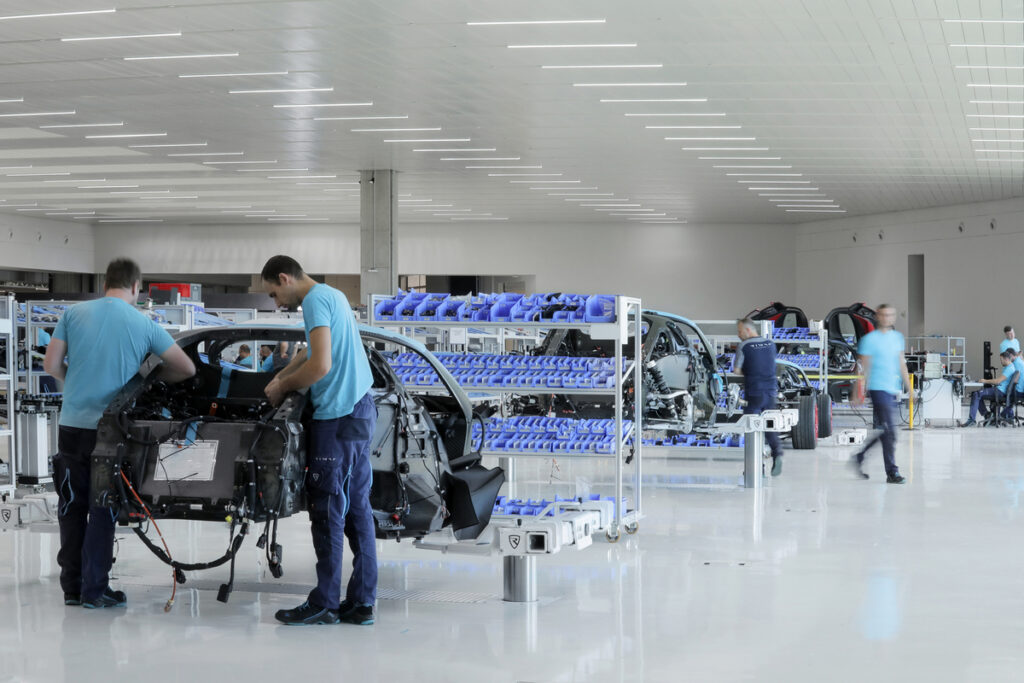
Rimac Campus, photo: Jure_Živković
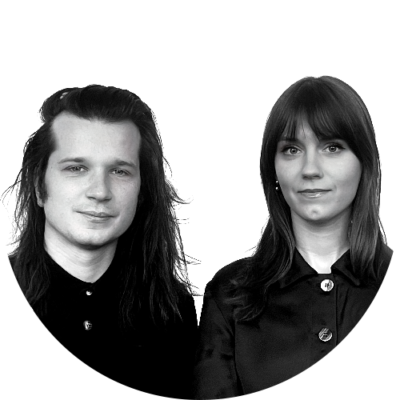
Text:
Tomaž Šimnovec & Zala Zia Lenárdič
Portrait by:
Jure Zivkovic


